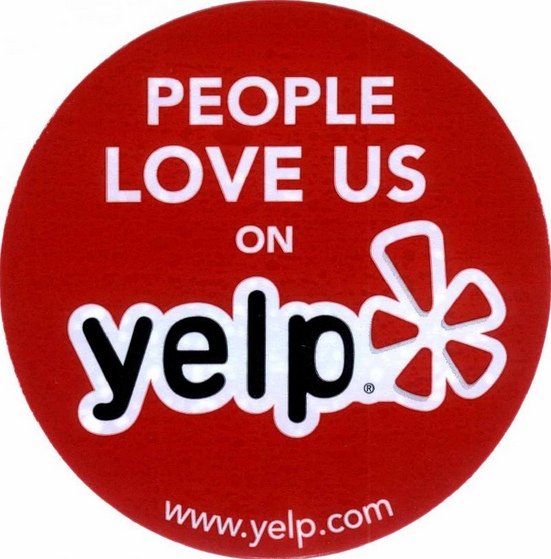High Wine Alcohol Content...
Is it here to stay?
High Wine Alcohol Content: Why the rising levels of alcohol in wine?
High wine alcohol content is a modern day wine trend...
Back in the day, wine makers didn’t have the same technology and innovative practices available to truly craft their wines around a specific vision.
Their wines were largely in the hands of the year’s weather, and the grapes would be simply harvested, crushed, fermented and bottled, with the same seasonal labor that would be used to harvest olives to make olive oil, or plant tomato plants in the summer.
Today of course, the wine world has exploded with so many options and visions and ideas as to what truly makes a classic or ideal glass of wine.
And due to our technological advancements and science, wine makers have at their disposal most all the tools necessary to sculpt their wine products around their greatest wine visions and goals.
So it goes without saying that New World winemakers have enjoyed a great amount of success delivering these bold and fruit-forward reds to thirsty wine lovers around the world.
But now, many are looking for ways of retaining their wine’s high quality flavors, but reducing the wine’s overall alcohol level. “Where is the sweet spot?” they are starting to ask themselves. When is enough, enough?
Why couldn’t high alcohol wines just stay that way, and be done with it?
Because there are dangers with a wine palate that’s seared by too-high alcohol.
And this to many makes a perceptible alcohol taste in a wine a failure, not a desired flavor profile.
It sits right along with overly tannic wines, green wines, and even cork tainted wines. It should be avoided as a wine taste - and remain as an ever-lingering after thought in the glass, comfortably behind the flavors and aromas of the wine itself.
The Rising Wine Alcohol Content Trend...
One trend has emerged over the past three decades, however, that perhaps shows the pendulum has swung too far: wines high in alcohol.
For most wines in the State, as well as in other global wine powerhouses, the alcohol percentage marker has been slowly climbing the scale.
Bordeaux wines in the 1840’s have been shown to have had an alcohol level around only 10%.
Since then, with the use of chaptalization, and other means, Bordeaux wines have inched up from their humble 10 percent to 12 percent, then 12.5 percent, 13 percent and today they hover around 14 or even 15 percent.
While of course that’s considering a long period of time - almost 175 years - it’s still shocking when we’re comparing apples to apples - Bordeaux to Bordeaux.
What’s even more shocking is how higher alcohol levels in wine have been pushed for in most all wine types since the 1980’s, when California Cabernets wanted to reach a bold, fruit-forward punch, and can today even reach 16 percent alcohol.
What’s pushing the alcohol up and up?
Simple: a global wine trend for strong-character wines that are made from ripe to overly-ripe grape fruit, which of course offers up more sugar content during the fermentation process, which then turns to alcohol.
But to keep these bold reds from staying too sweet from their over-ripe fruit, the fermentation process has to be left to continue until more of the sugar is consumer, but as a byproduct, more alcohol is present in the wines.
Oftentimes high-alcohol wines yield powerful, bold wines. Something that most red wine drinkers today praise and love about New World wines, and wouldn’t be willing to give up to fast.
How winemakers can lower wine alcohol content and reverse the trend...
But with the alcohol levels rising steadily year after year, there remains a legitimate desire for many wine makers of reversing this trend without reversing or diminishing the great wine flavors high-alcohol wines inevitably produce.
How to do that? This is a question all wine drinkers will see unfold as this new wine trend develops.
One way is to pick the grape fruit before prime ripeness.
But many winemakers believe that by doing so you’re limiting your vintage’s full flavor potential, and even worse, could be setting yourself up for disappointment with lackluster, watery wines that don’t hold structure, flavor, or personality.
Another way is to source grapes that are fully ripened in a cooler climate, like in Washington or Oregon, versus hot California.
But many winemakers are also vineyard owners, and hold pride in their own vineyard and fruit stock, and naturally will opt to use their own harvest than buy from grapes elsewhere, whenever possible.
Certainly others means are available to winemakers, and to those first few that are adamant about swinging the alcohol pendulum back to a new “normal”, they’ll be the first to try them out, searching for that wonderful ‘sweet spot’ that we all love to drink.
* * * * * * *
| New Jersey Wineries › Wine Info › High Alcohol Wines |
Have A Great Story About This Topic?
Do you have a great story about this? You can share it here without needing a Facebook account! You can even upload pictures!
What Other Visitors Have Said
Click below to see contributions from other visitors to this page...
Dr 




When France lost Algeria in 1960, a great worry of winemakers wad "what are we going to do now?" French wines from many regions
WERE B,ENDED WITH MUCH …
What's New?
-
Dr
Dec 04, 14 04:30 PM
When France lost Algeria in 1960, a great worry of winemakers wad what are we going to do now? French wines from many regions WERE B,ENDED WITH MUCH STRONGER -
How to make port wine - and history!
Dec 04, 14 03:26 PM
How to make port wine - delicious, heart-warming, the perfect gift -
Wine accessory shopping for the holidays
Nov 01, 14 04:25 PM
Wine accessory shopping for the holidays





























New! Comments
Have your say about what you just read! Leave me a comment in the box below.